When we study a segment of a specific river to see where the water would flow if reached a certain value, different questions arise such as what will be the height reached by the water profile? Will surrounding areas be flooded? To what extent?
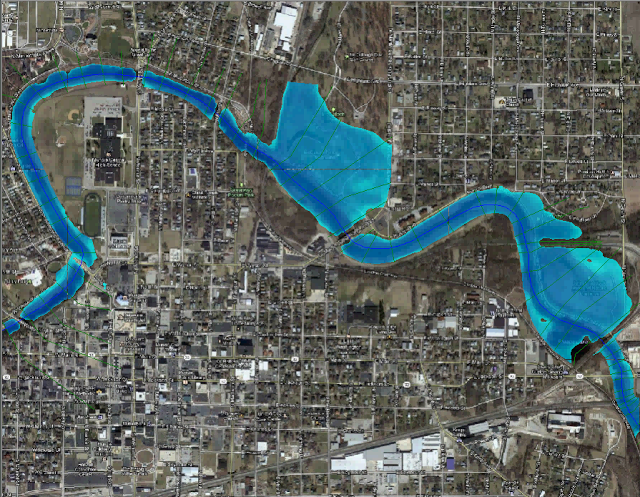
It is not an easy task to answer these questions as we have to take into account several factors like the riverbed type, its slope or nature (type of material, presence of vegetation, etc.). If, in addition, there are water works in the riverbed (bridges, canalisations…) or we wanted to know what would happen if they existed, the problem gets more complicated.
Nowadays, diverse softwares specific for hydraulic modelling simplify data entry and allow observing the results graphically, even exporting them in table format, making their interpretation easier. Among all of them, there is no doubt that HEC-RAS software stands out (developed by Hydrologic Engineering Centre of the US Army Corps of Engineers) being one of the reference programs in its area.
It is a free software, commonly used, and in constant process of update thanks to continuous improvements. This has made that, little by little, the majority of administrations have begun to demand the study of the impact that any type of intervention could mean over a riverbed´s dynamic using a sufficiently reliable hydraulic model, as for example HEC-RAS.
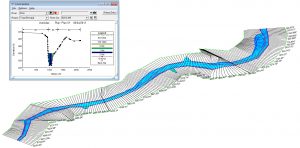
HEC-RAS (Hydrological Engineering Centre – River Analysis System) is a one-dimensional hydraulic modelling program based on 4 types of analysis in rivers:
- Steady flow models
- Unsteady flow models
- Sediment transport models
- Water quality anaylisis
It allows simulating flow in natural riverbeds or artificial channels to determine the water level being its main goal develop flood studies and determine floodable areas.
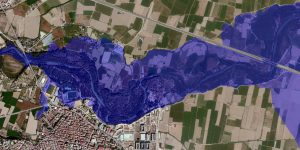
HEC-geoRAS (Hydrological Engineering Centre – Geospatial River Analysis System) is an extension for ArcGIS developed by Hydrologic Engineering Centre of the United Army Corps of Engineering together with the Environmental System Research Institute (ESRI).
It consists of a series of procedures, tools and uses designed to process georeferenced data that allow preparing geometric data to import to HEC-RAS.
This HEC-geoRAS file gathers geometric data of the study area including the riverbed, cross sections, water flow lines, etc. When this file is imported to HEC-RAS, we can obtain velocity and depth results through hydraulic calculations. Finally, these results can be exported to ArcGIS to be processed and therefore obtain flood and risk maps.
Quality training taught by professionals

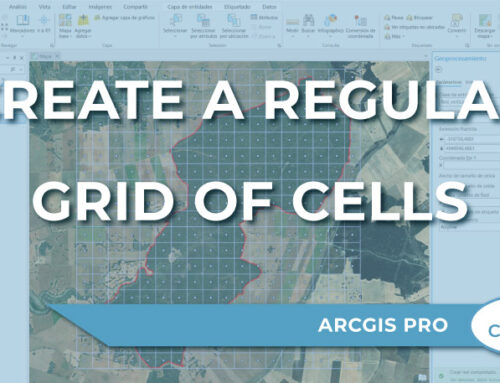
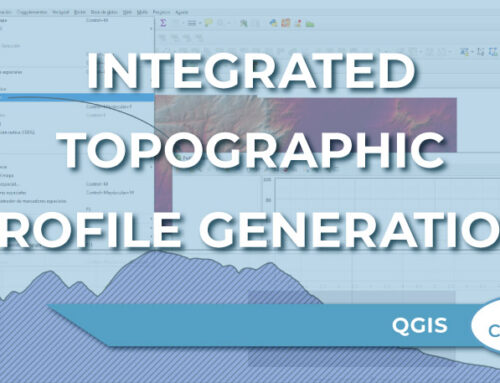

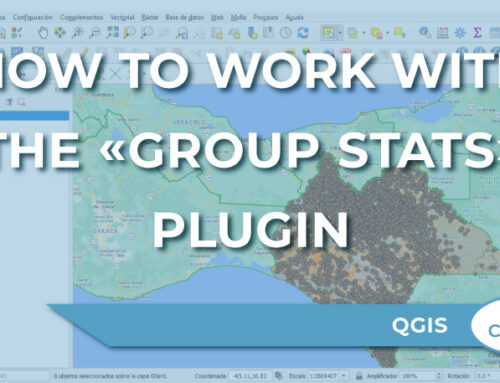

how can i download Hec rass software?
Hi, you can download the software at the following link: https://www.hec.usace.army.mil/software/hec-ras/download.aspx
This definitely gives a good head start to using HEC-RAS Software. Thanks for sharing!